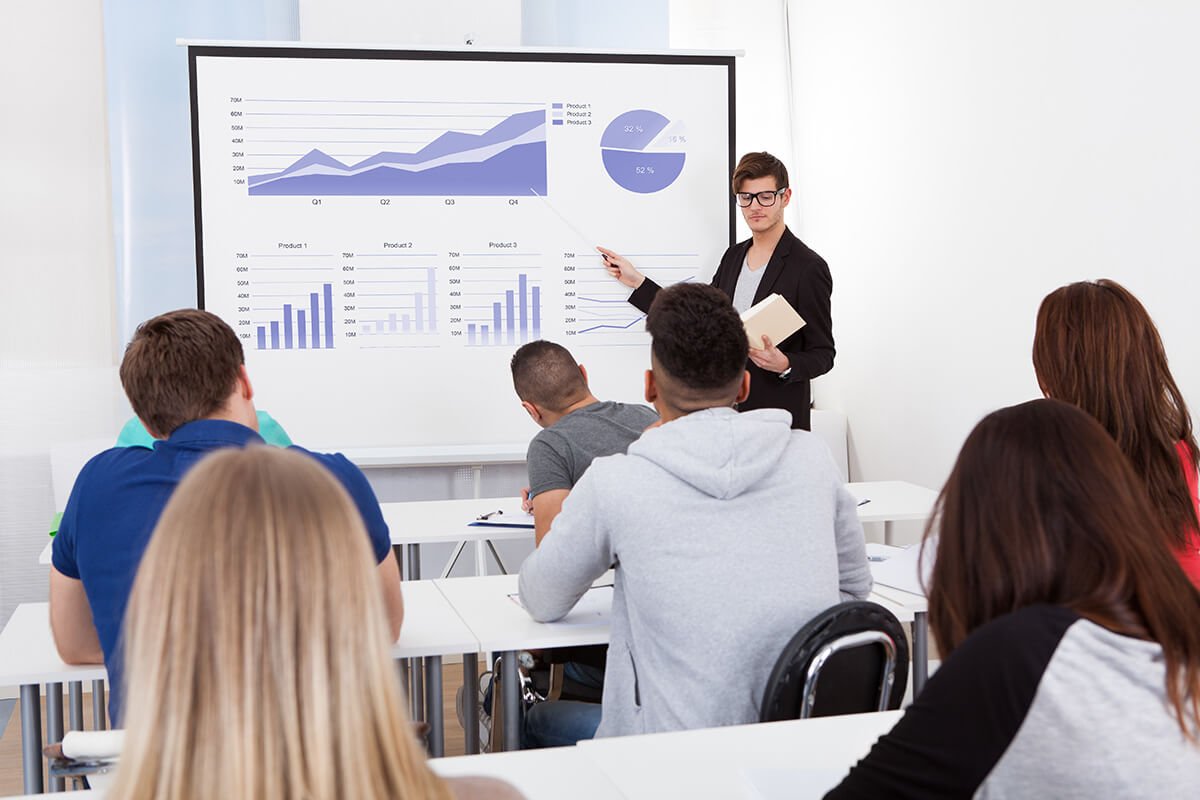
Finding the digital tools needed to enhance your school’s performance and competitiveness should be at the front of your priorities. Education leaders need to consider issues such as adoption, health concerns, personalization, collaboration, and TCO.


